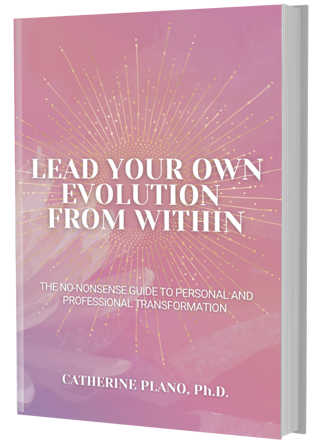To read the first piece in this two-part series on building new skills and learn about the first and second stages in the process, click here.
Stage 3. Conscious competence
In conscious competence, the individual knows how to use the skill or perform the task, but doing so requires practice, conscious thought and hard work. They are able to use the skill, but only with effort.
You have a basic understanding and see the value. You know how to avoid making basic mistakes. You are actively seeking ways to use your new learnings.
In this part of your development, you feel confident. It’s not like it is taking too much brain power to have your tasks or skills completed. You still need a little bit of brainpower because you still have to be able to concentrate and think in order to perform your new learning. But you don’t need assistance or guidance to get it done.
It’s not quite there yet. Where it is automatic and second nature, you still need conscious effort until it becomes an unconscious habit.
Clearly, you can demonstrate your capability. However, not quite to the point where you can mentor or teach others.
Solution: Realise that every practise is a learning process
If you want to be effective and efficient at what you do, you must practice, practice, practice.
When practising, it has to be deliberate. It has to be planned and timed. The best way to know if you are on track is to get feedback.
You take on new learnings when it is meaningful for you. So, you need to be very clear on ‘why’ you are doing what you are doing, and have the end in mind. For example, where will these new skills take you and how will they benefit you?
Every single human being has the capacity to learn once willing. We all learn by doing. We learn best when we perform our new skill. The more we do it, the better we get.
If there is an area that you feel a little inadequate, invest more time and practise what you resist the most. You may be getting in your own way.
Most importantly, celebrate all the little wins in the process so to get your whole brain on board.
Stage 4. Unconscious competence
You have now arrived at your final destination.
In unconscious competence, the individual has enough experience with the skill that they can perform it effortlessly. Executing the skill becomes automatic.
Do you recall the last time you had to learn a new skill? It was scary and it was maybe a little daunting. But over time, it got a little easier.
Just like driving a car or learning how to walk or talk, you didn’t give up just because it got all too hard, right? You pushed through it because you were able to see the end in mind. You were able to see what you can achieve with these new skills.
This is how you got to where you are today. You didn’t get stuck in the details. You were able to see the big picture.
Now, this new skill is second nature. You have moved all the way down to that deeper part of your brain – the unconscious part.
You don’t even have to think about it anymore.
Solution: Understand that we learn by teaching
When you share your new knowledge and skill, you embed the learnings even more. There is so much research and evidence now that clearly show that if you spend time teaching what you have learned, you go on to show a greater comprehension and appreciation of how it all works.
Even if you’re not 100% confident or settled in your new skill, teaching it allows you to engage with others in a conversation that will help you see it from a different perspective.
Four stages, infinite lessons
Remember, this is a great way to coach someone through a new skill. This model will assist you in recognising where your team members are at and what emotional state is present.
Ultimately, you don’t want to be teaching someone a new skill that is already unconscious competent for them, as this is a great way to get them disengaged.
On the flipside of that, if the team members are not aware that they don’t know what they don’t know, then you can start the process from 1 all the way to 4.
This is how you keep the learner engaged, motivated and enthusiastic about the outcome.
As a leader, you only have to be adaptable.





